How Talkspirit Helped Liip Become a Self-Managed Organization

Self-management is a model that intrigues as much as it inspires. But how does a self-managed organization work? And what are the benefits of such an approach? Swiss digital agency Liip, 220 employees strong, began to find answers in 2016 when it adopted Holacracy and Talkspirit.
A pioneer in the implementation of Holacracy in Switzerland, Liip has chosen this model to distribute decision-making power and initiative within the company. The aim of this self-managed organization is to reinforce its teams' autonomy and agility. These principles are fully in line with the company's purpose to "create long-lasting social, ecological and economic value by striving for digital, human progress."
To support this transition to self-management, the company deployed our agile governance solution, which perfectly meets the needs of holacratic and self-managed organizations. Benoît Pointet, Holacracy coach at Liip, shares with us why the company made this choice, how it successfully deployed Talkspirit, and what challenges it encountered along the way.
Why Liip Chose Holacracy and Talkspirit
From the outset, Liip's aim was to adopt an agile approach. The company sought to break away from the traditional hierarchical model and explored several methods, starting with Scrum in 2009, then the Spotify model in 2012, which enabled it to create autonomous cross-functional teams. But as the company grew, these methods showed their limitations.
"It was while reading Reinventing Organizations by Frédéric Laloux that we discovered the concept of self-management in 2016," Benoit recalls. "At the time, there were few self-managed organizations, and Holacracy was one of the only models that seemed complete and mature enough. That's one of the reasons why we decided to implement it."
Also read: [Liip Article] Scrum met Holacracy <3 And they lived happily...
"Our aim was to make our organization more agile and resilient—to better cope with the changes taking place in our sector. At the same time, we wanted to meet the expectations of new generations who aspire for greater autonomy, purpose, and responsibility in their work.
When it came to choosing a tool to support our transition to a self-managed organization, we opted for Talkspirit because it best met our functional requirements. We also appreciated the quality of the discussions with the team, who were very attentive throughout the deployment process," the Holacracy coach adds.
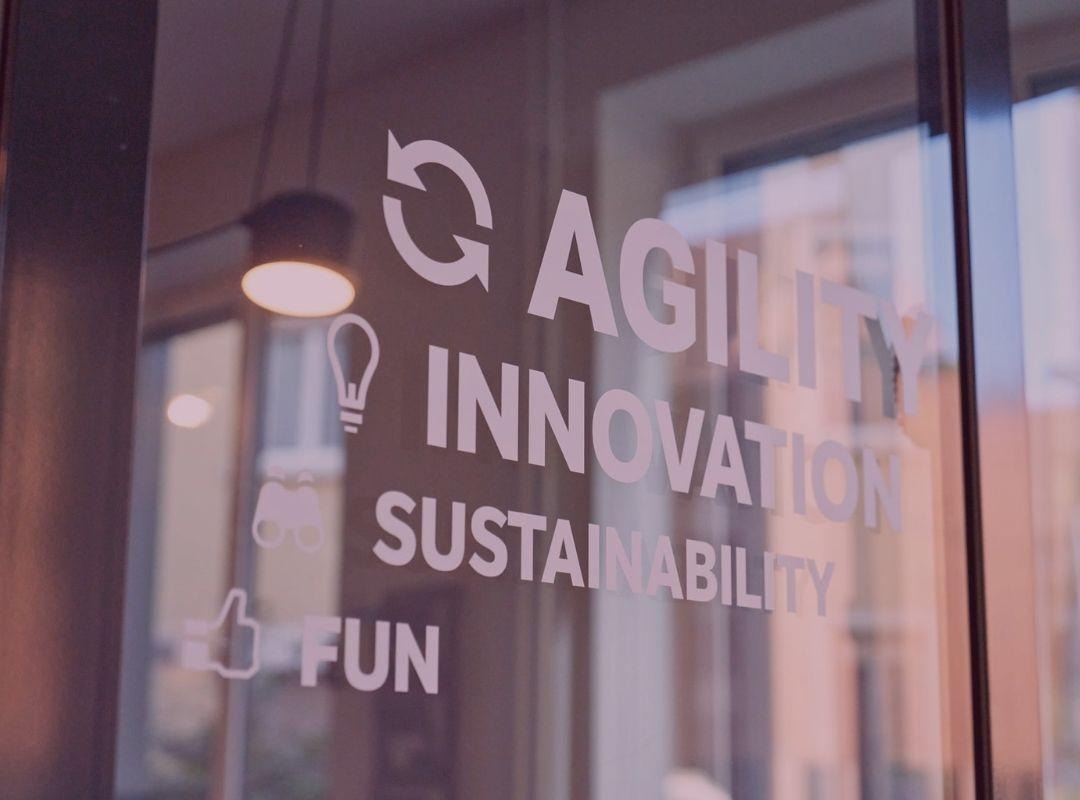
A Project the Company Supported at Every Level
"Management played a key role in implementing Holacracy and Talkspirit. It strongly supported the initiative from the outset, which facilitated the teams' early adoption of the methodology and tool."
"Deployment was a gradual process. We began with a six-month pilot phase, during which we rolled out Holacracy and Talkspirit among a few volunteer teams. We trained upwards of 10 managers and employees to support this transition. They served as internal coaches and trainers during the initial adoption phase."
"At the end of the six months, we organized an internal survey to gather feedback from the teams. Opinions were a bit mixed, so we extended the experiment for another three months. This additional time allowed employees to better grasp the methodology. After a full nine months, the majority of employees were open to implementing Holacracy more broadly. It was at that point that we finalized the deployment of self-management practices throughout the company."
"During this transition, Talkspirit enabled us to document roles, structure our meetings, and formalize our decision-making processes in a transparent way. The rollout continued until 2018, when we felt that the practice had sufficiently taken root and that Holacracy had become the new normal."
"Today, Holacracy is the official operating mode at Liip. However, we remain flexible: we're always ready to evolve this model according to the needs of our organization," asserts Benoît Pointet.

Challenges to Overcome Throughout Deployment
"Throughout the rollout, we faced a number of challenges. One of the first hurdles was understanding the model itself. Holacracy is based on a structured framework, with specific roles and processes that were new to most employees. So, it took us some time to assimilate and adopt these new rules of the game."
"Another major challenge was to change the way we make decisions. Consensus is deeply steeped in Swiss culture, so we generally seek everyone's agreement before making a decision. With Holacracy, we've adopted an approach based on consent, where teams can adopt decisions as soon as they're deemed good enough by the majority and don't present a major risk for the organization."
"Clarifying roles was also an important issue. For example, the role of "Lead Link" raised many questions at the outset. Some people thought it was a manager in disguise—but that's not at all the case. We thus had to refine the definition of each role's responsibilities to avoid misunderstandings."
"Finally, we had to adapt our cross-functional processes so they fully aligned with our self-management practices," Pointet added.
Also read: [Liip Article] Holacracy 5 Years Later: Some Learnings About Our Transformation

How Talkspirit Supports Liip's Holacratic Practices
Talkspirit has become Liip's essential self-management tool for smooth, day-to-day operations. Here are its main uses according to Pointet:
- Organization mapping: "Holacracy is based on organizing responsibilities into circles and roles. Thanks to Talkspirit, everyone can map out this structure and identify who's assigned to which circles or roles at a glance."
- Governance evolutions: "Every month, we record an average of 15 role or process changes. These changes are then approved and applied via an asynchronous vote—sometimes through a governance meeting. Talkspirit enables us to formalize these changes and make them visible to all."
- Meeting management: "Each team organizes tactical meetings once a week or every two weeks to monitor project progress and facilitate collective decision-making. Governance meetings, on the other hand, tend to be scheduled on demand, whenever we feel there's the need."
- Documentation of internal resources: "All circles and roles have access to dedicated publications where they can find links to access the resources they need. This structure allows us to centralize information and comply with ISO 9001:2015."
- Project management: "Each circle has its own project board for organizing, assigning and tracking all the tasks to be carried out."
The Benefits of Self-Management at Liip
"Becoming a self-managed organization has profoundly transformed the way we work. Firstly, it's given us greater clarity. Thanks to the organizational mapping created on Talkspirit, everyone knows who does what and what their goals are. This transparency enables everyone to better understand the direction the company is taking, and to align our efforts to achieve our purpose."
"The second benefit is that we are more agile. Today, nothing is set in stone: we can continuously evolve roles, responsibilities and 'policies.' For example, this agile organization has enabled us to evolve 'production,' moving from a subsidiary structure to a federation of circles organized around target markets."

"Self-management has also freed up initiative. Employees don't wait to be told what to do. They identify what they'd like to improve and make proposals to take us all there. Our meetings are just as effective as before, but they're better structured. In particular, Talkspirit helps us to document the topics discussed and track the decisions made."
"Rather than systematically seeking consensus, we now follow an integrative decision-making process based on consent. This model allows us to better consider everyone's opinions and validate a proposal as soon as no one has any objections. As a result, we usually reach decisions much more quickly," observes Benoît Pointet.
3 Tips for Successfully Implementing Holacracy
Implementing Holacracy or any other self-management model doesn't happen overnight. Here are a few tips shared by Benoît Pointet to ease the transition:
- Get support. "Holacracy is a structured model, with its own rules and rituals. To successfully adopt it, it's important to train, and if possible, find guidance from the right people."
- Accept that nothing will ever be perfect. "The idea is not to create a perfect organization, but to progress step by step, by implementing "good enough" solutions. It's important to adopt a pragmatic approach, not a dogmatic one."
- Don't think of Holacracy as a quick fix. "What matters is not the model you use. It's your ability to continuously evolve your practices, to meet the needs of your organization and your teams."
Also read: How Great Place to Work Implemented Self-Management Using Talkspirit
A Final Word
Becoming a self-managed organization is possible with the right support, the right tools, and the right mindset! As Liip's experience shows, this model of governance can bring many benefits to your organization. Increased transparency, empowered teams, greater agility, productivity gains, and much more. If you too are looking to achieve these goals, then why not try self-management?
At Talkspirit, we provide you with all the tools you need to successfully transition to a self-managed organization. To discover them, it's very simple: just schedule a demo with our team. We also work with a network of +160 partners. Click here to find the right agile coach for your organization!
Finally, if you'd like to find out more about frameworks like Holacracy (and many others!), as well as self-managed organizations that have successfully implemented them, we invite you to take a look at this white paper: 👇
Access the White Paper
In our white paper “The Ultimate Guide to Organizational Models,” you’ll receive:
- a comprehensive overview of innovative organizational models (like Agile, Teal, Holacracy, Constitutional Management, and more)
- testimonials from pioneer organizations that have successfully adopted it
- best practices for choosing, implementing and measuring the effectiveness of our model
- digital tools to facilitate your transition





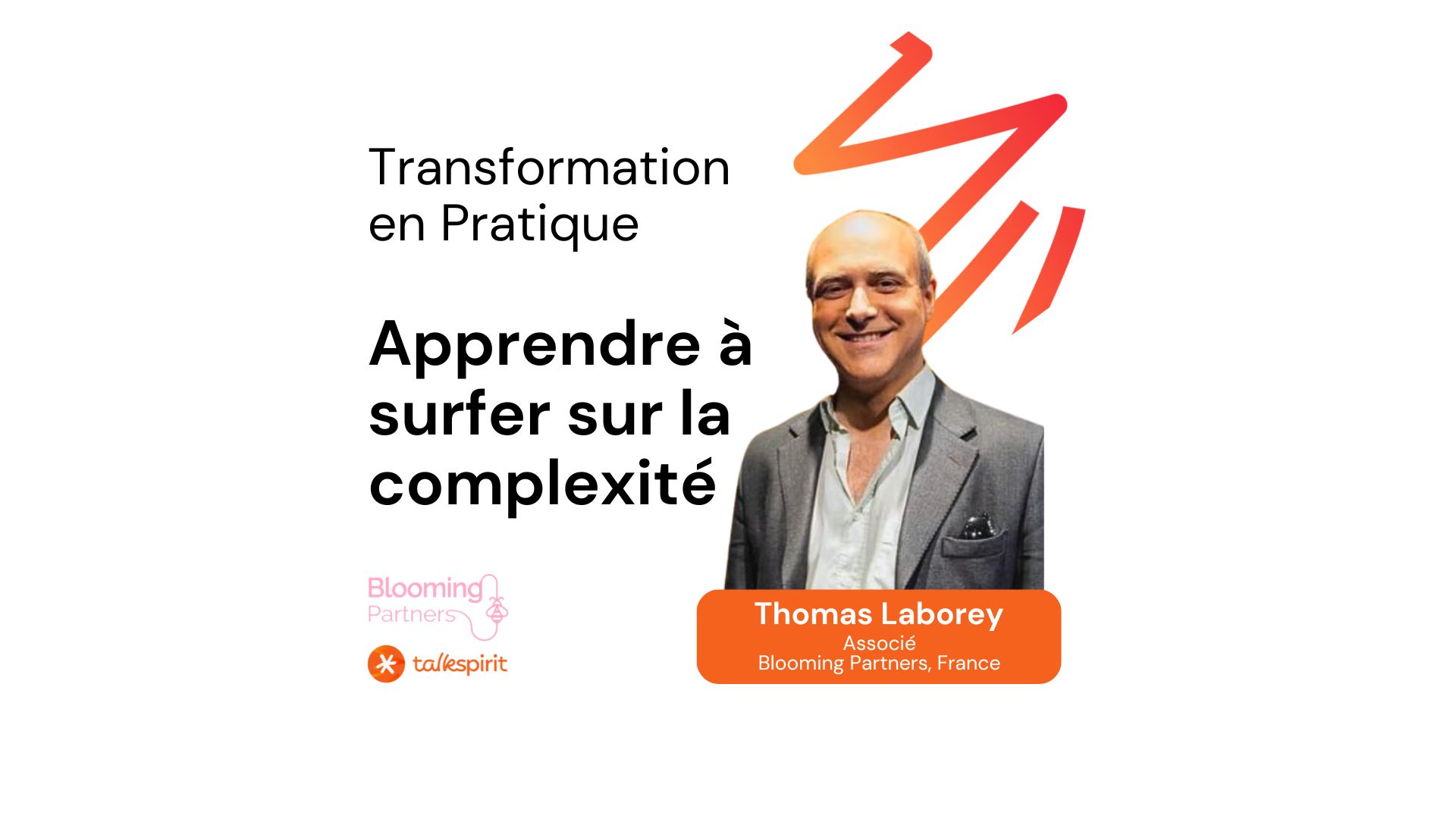






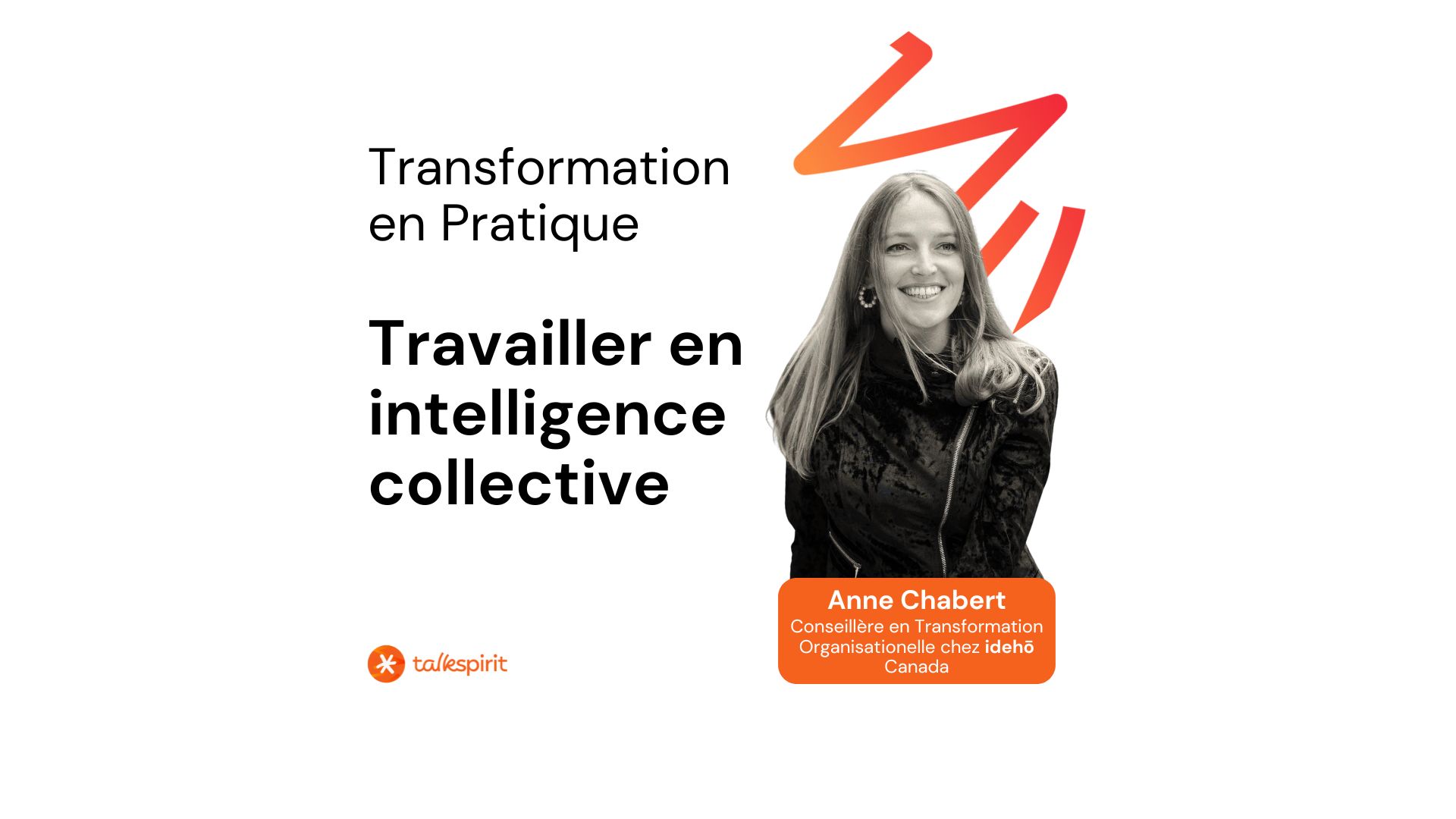

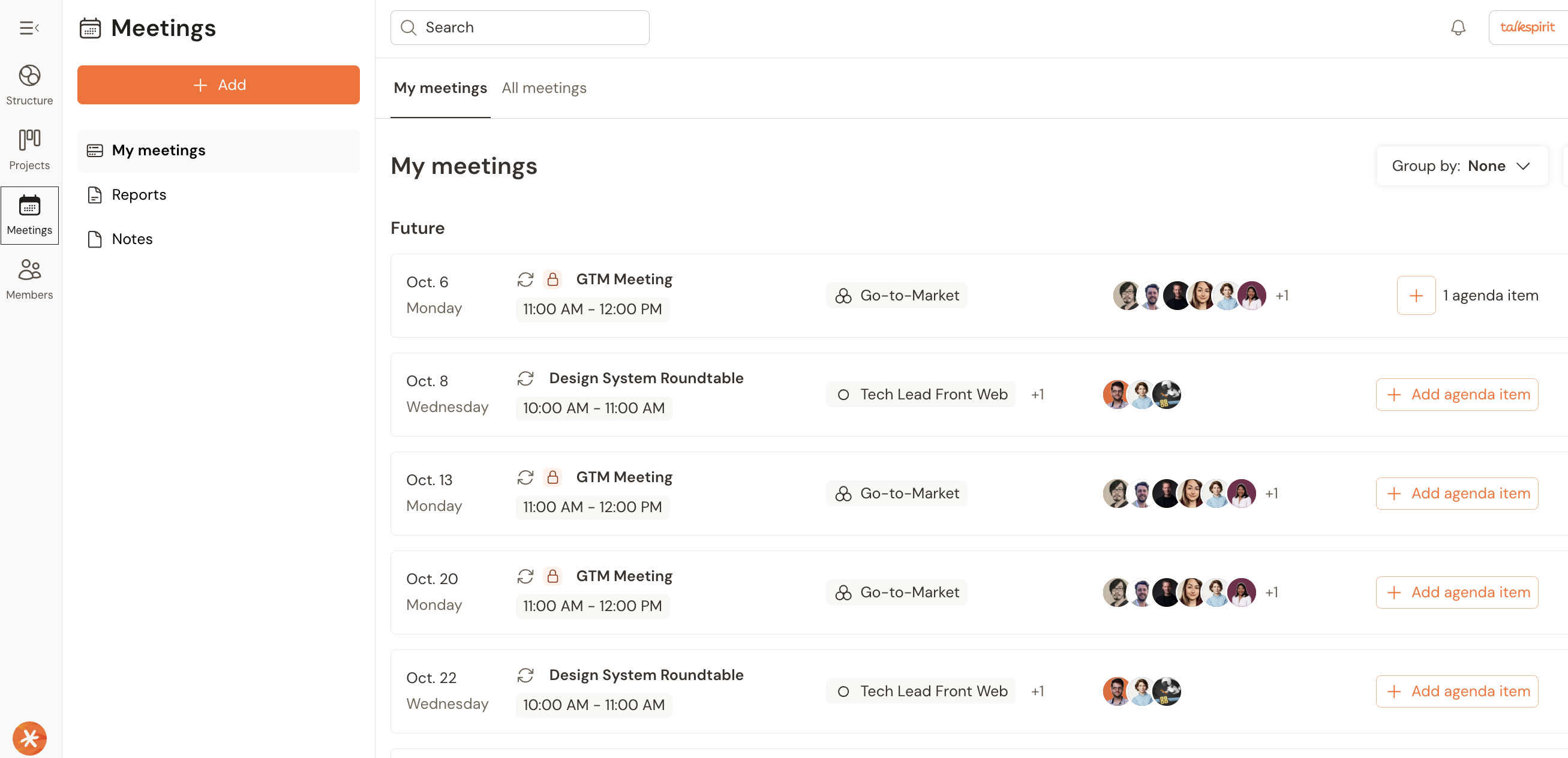



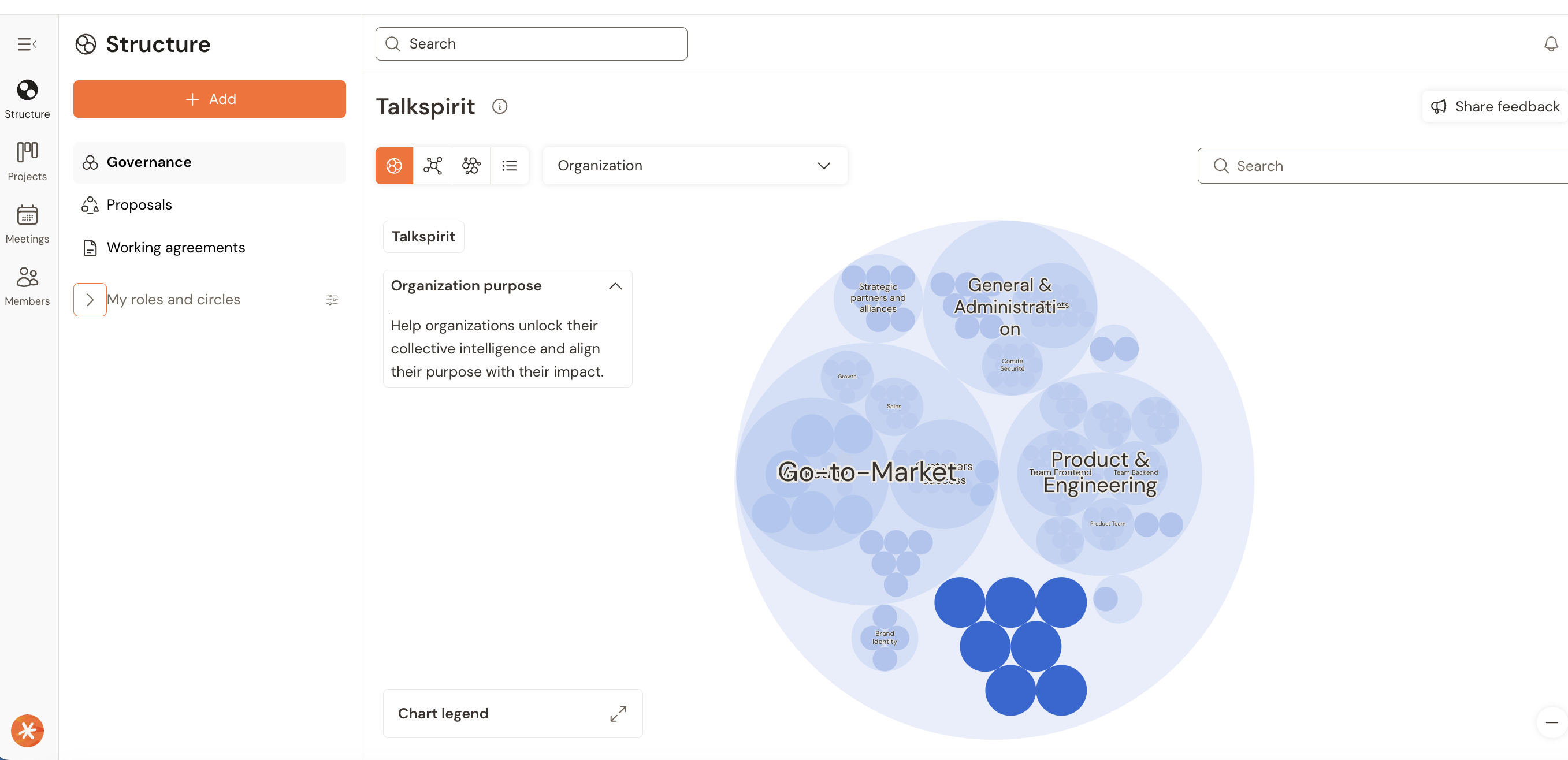
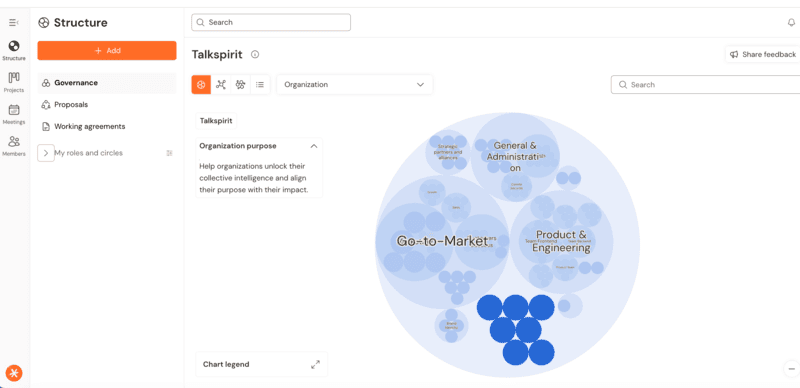









.jpg)





.jpg)
.jpg)







.jpg)
.jpg)


.jpg)

.jpg)


.jpg)











.jpg)




.jpg)



.jpg)

.jpg)



.jpg)








.jpg)













